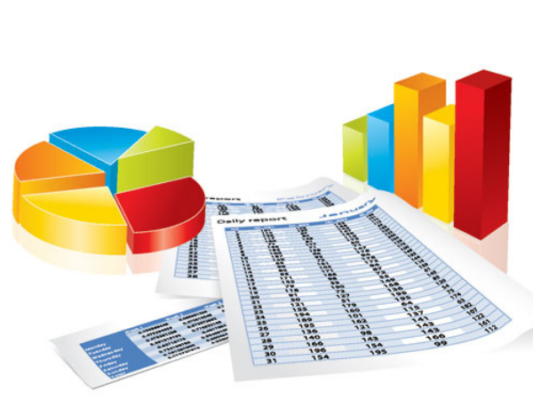
Search engine optimization (SEO) is the process of increasing a website’s Internet ranking. The higher a website is on the search engine results pages (SERP), the more people will see it, click on it and, ultimately, convert to customers. For that reason, SEO is a key component of many business marketing strategies. SEO encompasses many website elements, including content, keywords, organization, linkage to and from other sites, competition, code, page titles and headers. Therefore, executing an SEO campaign can be time consuming and labor intensive, and it is important that you are able to measure a campaign’s success so as to know if your SEO is working. For example, if you were to add new keywords in efforts to increase visitors to your site, or experiment with affiliate link placements to improve your conversion rate, then you would need a way to monitor the effectiveness of those changes so as to make continual improvements to your SEO. Follow these instructions for how to measure SEO improvements.
Choose an SEO analytics program. SEO analytics programs track and report on data that can be used to determine the effectiveness of your SEO campaigns.
- Some web hosting companies offer free and/or minimally priced analytics services to their customers.
- You can find a number of specialized analytics programs online, offering a wide array of tools and measurements, and at a variety of price points.
- Google Analytics is a free service, providing a comprehensive list of tools you may use to measure your site’s SEO success.
Establish a baseline. Once you initialize your analytics program, record the first measurements, before applying SEO strategies. This will be used to measure any changes your website incurs as a result of your search engine optimization efforts.
Analyze the effectiveness of your SEO campaign, using data (metrics) from your SEO analytics program. It is necessary to gauge several different aspects of SEO effectiveness, as they correlate with each other and provide you with a complete picture of how well your SEO improvements are working. From your SEO analytics program dashboard, you should be able to monitor several different metrics:
- Traffic is the amount of visitors, or hits, your website gets.
- Keyword ranking metrics show you how your site ranks in comparison with other sites when specific keywords are used to find your site, and can be instrumental in fine-tuning your site’s search engine optimization. For example, you may find that using the keyword phrase, “best hairdressing in Texas,” results in a lower ranking, while using the keyword phrase, “best Texas hairstylist” results in a higher ranking.
- Page indexing refers to search engine page recognition, and not all web pages are recognized by search engines. One of the goals of search engine optimization is to maximize the probability that search engines will recognize as many of your site’s pages as possible. By assessing your page indexing metrics, you are able to measure SEO success in that respect.
- In addition to the effectiveness (ranking power) of your keywords, you also want to measure how many keywords search engines are picking up and using from your site to index your pages. The more keywords being used, the better.
- Linkbacks are links to your website that appear on other websites, such as blogs, social networking sites and bookmarking sites. Linkbacks increase your site’s visibility and ranking, and SEO improvements should increase your linkbacks.
- Conversions are website visitors who turn into customers. Increasing the bottom line is a top concern of business owners interested in search engine optimization. Therefore, it is important to gauge the increase or decrease in conversions yielded by an SEO campaign. In order to calculate your conversions, divide the total number of visitors to your site by the total number of sales. For example, if your site has 1000 visitors and 10 sales, then your website is netting 1 sale per 100 visitors.
Track changes. Use 2 separate, but correlating, calendars to measure SEO success on an ongoing basis. Your SEO analytics program may provide reports to you in calendar form, or you may use a spreadsheet program to create custom calendars.
- Keep a week-to-week, month-to-month and year-to-year calendar to monitor changes in your SEO effectives and identify changes that may be seasonal. This calendar may be in standard calendar format, but should include spaces to record analytics information. Record the traffic, keyword, indexing, conversions and links metrics every Monday of every week so that you can spot trends that may be associated with the time of year. For example, you may find that your conversions naturally increase during the holiday seasons, and that they naturally decrease when the school year starts.
- Create a calendar of notable circumstances that could have a natural effect on your website’s effectiveness, such as the addition of content, a site reorganization and/or the implication of new SEO improvements. This may be a standard monthly calendar with these details recorded on their corresponding dates.
Edited by Vijaywiki, June, dream girl, Vuk and 5 others
